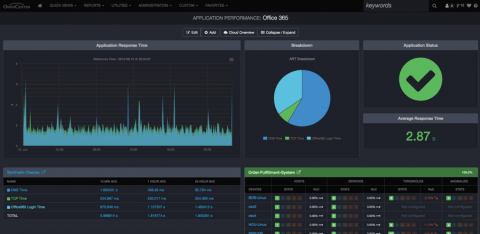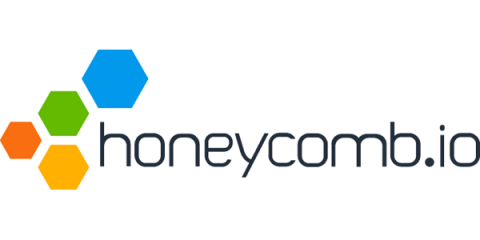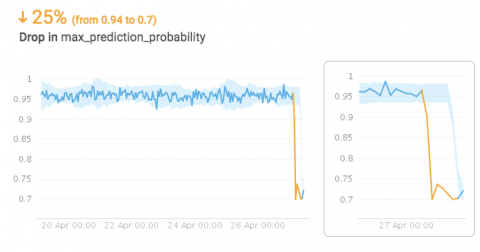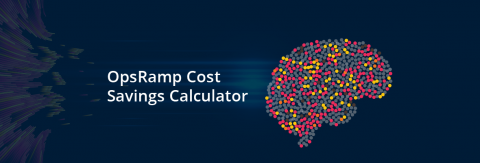OmniCenter 12 Now Available: Extensible Integration, Unlimited Scalability, and Device Grouping
Today’s IT organizations are faced with the challenge of integrating new technology into their infrastructure while continuing to support all of their legacy needs. Building upon the host of features already present in our flagship product, Netreo is proud to announce the release of OmniCenter 12. The enhancements found in this latest release greatly furthers an administrator’s ability to get deep insight into resources across their entire IT landscape.











